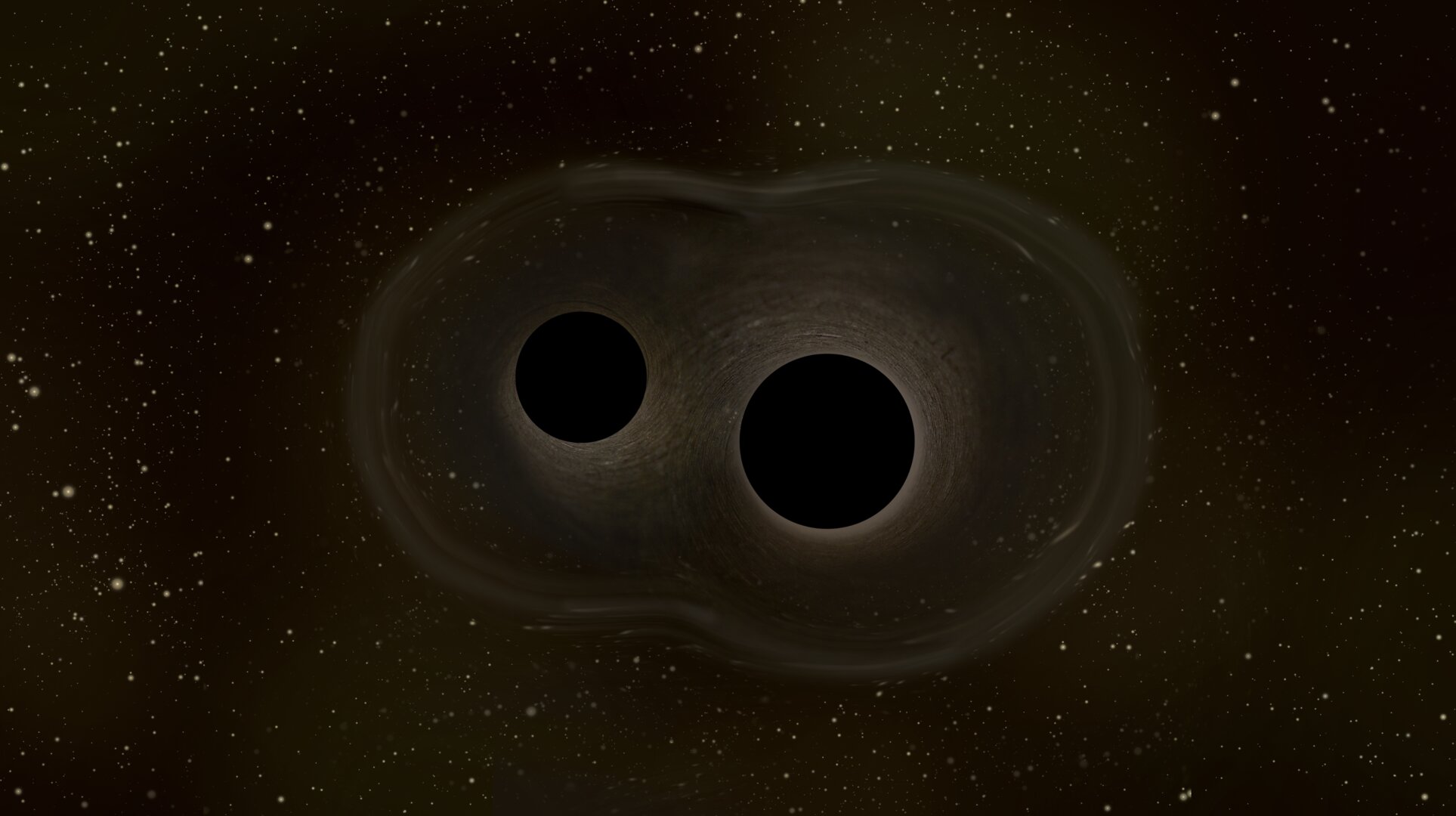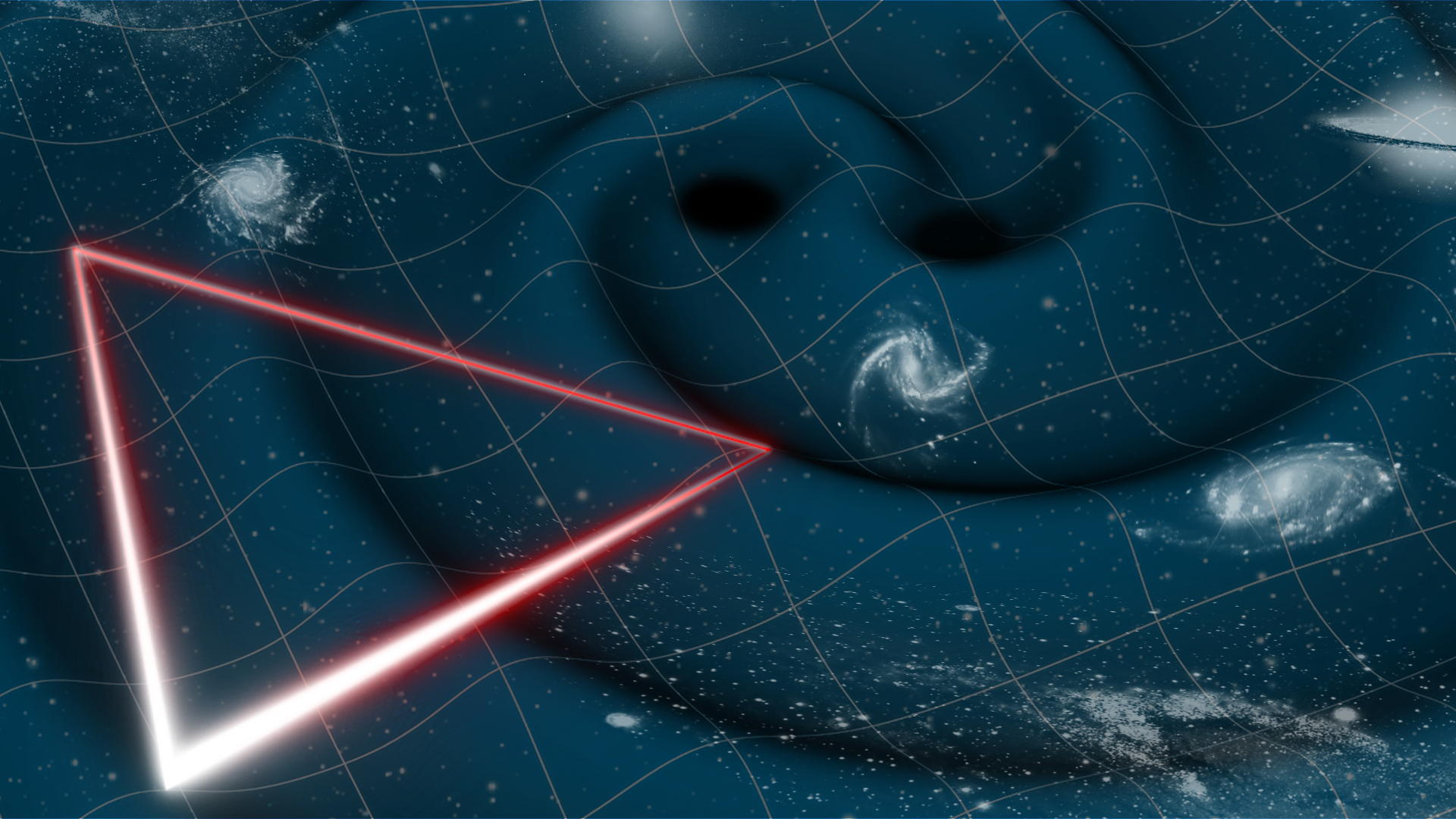- Joined
- 21 January 2015
- Messages
- 12,157
- Reaction score
- 16,376
NASA Provides Laser for LISA Mission
Sep 14, 2021
Finding the biggest collisions in the universe takes time, patience, and super steady lasers.
In May, NASA specialists working with industry partners delivered the first prototype laser for the European Space Agency-led Laser Interferometer Space Antenna, or LISA, mission. This unique laser instrument is designed to detect the telltale ripples in gravitational fields caused by the mergers of neutron stars, black holes, and supermassive black holes in space.
Anthony Yu at NASA’s Goddard Space Flight Center in Greenbelt, Maryland, leads the laser transmitter development for LISA.
“We’re developing a highly stable and robust laser for the LISA observatory,” Yu said. “We've leveraged lessons learned from previous missions and the latest technologies in photonics packaging and reliability engineering. Now, to meet the challenging LISA requirements, NASA has developed a system that produces a laser transmitter by using a low-power laser enhanced by a fiber-optic amplifier."
The team is building upon the laser technology used in NASA’s Gravity Recovery and Climate Experiment, or GRACE, mission. “We developed a more compact version as a master oscillator,” Yu said. “It has much smaller size, weight, and power consumption to allow for a fully redundant master oscillator for long-duration lifetime requirements.”
The LISA laser prototype is a 2-watt laser operating in the near-infrared part of the spectrum. “Our laser is about 400 times more powerful than the typical laser pointer that puts out about 5 milliwatts or less,” Yu said. “The laser module size, not including the electronics, is about half the volume of a typical shoe box.”
The Swiss Center for Electronics and Microtechnology (CSEM), headquartered in Neuchâtel, Switzerland, confirmed receipt of the lasers and will begin testing them for stability.
LISA will consist of three spacecraft following Earth in its orbit around the Sun and flying in a precision formation, with 1.5 million miles (2.5 million kilometers) separating each one. Each spacecraft will continuously point two lasers at its counterparts. The laser receiver must be sensitive to a few hundreds of picowatts of signal strength, as the laser beam will spread to about 12 miles (20 kilometers) by the time it reaches its target spacecraft. A time-code signal embedded in the beams allows LISA to measure the slightest interference in these transmissions.
Ripples in the fabric of space-time as small as a picometer – 50 times smaller than a hydrogen atom – will produce a detectable change in the distances between the spacecraft. Measuring these changes will give scientists the general scale of what collided to produce these ripples and an idea of where in the sky to aim other observatories looking for secondary effects.



